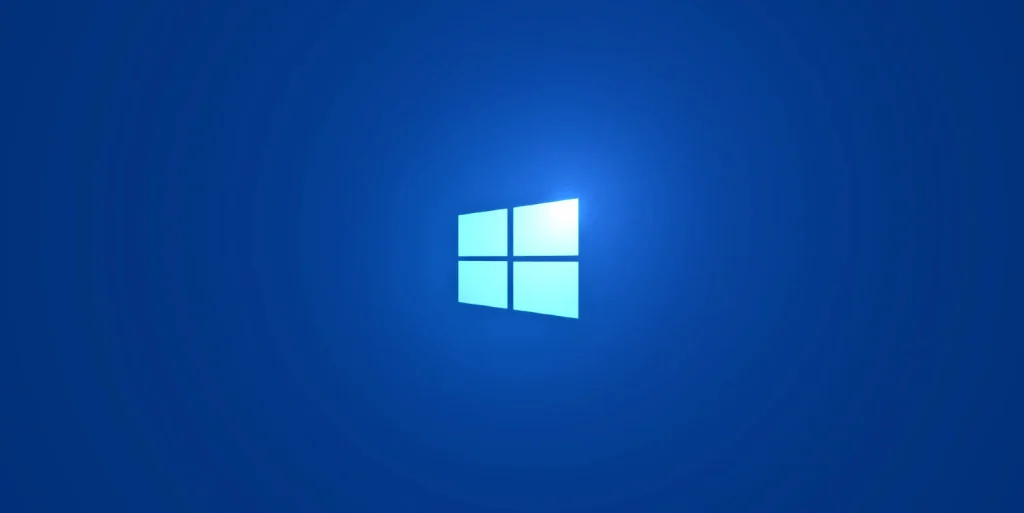Summary
Windows Hello Update Breaks Low-Light Login: Better Security, Less Convenience
Microsoft’s Windows Hello has long been praised for its fast, secure facial recognition system—even in total darkness.
But as of a recent update, that key feature is gone, and the change was intentional, not a bug.
What Changed in Windows Hello?
Previously, Windows Hello relied on infrared (IR) sensors to perform a 3D scan of your face, allowing users to log in securely even in low-light or pitch-black environments.
Now, Microsoft has made a significant update:
Windows Hello facial recognition now requires both an IR sensor and a visible-light color camera.
In other words, your face must be visibly illuminated for the system to authenticate you—IR alone is no longer enough.
Why the Change? A Spoofing Vulnerability
The reason behind this shift is security.
Microsoft discovered a spoofing vulnerability in the previous IR-only system.
While Microsoft hasn’t shared the full details, it’s believed that attackers could bypass the system using:
-
Printed images,
-
3D masks,
-
Or poorly lit conditions that fooled the IR camera.
By requiring a visible-light image, Windows Hello now checks for a real, live face, making these spoofing attempts harder.
Why This Affects Low-Light Use
Here’s the problem: most built-in webcams can’t see well in dark environments.
Without external lighting, they can’t detect a visible face—and that means Windows Hello won’t work in the dark anymore.
Before:
IR camera scanned your face in darkness
Quick and convenient login, day or night
After:
Visible light is required
Login fails unless your face is well-lit
Real-World Impact
For many users—especially those working at night, in bed, or in low-light setups—this is a frustrating downgrade. You may now need to:
-
Turn on a light,
-
Use a brighter screen,
-
Or rely on a PIN/password instead.
Why It Still Makes Sense
Despite the drop in convenience, the security benefits are clear.
Facial recognition systems that only rely on IR are more susceptible to trickery.
Microsoft is prioritizing data protection and user safety, especially with rising cyber threats and physical device theft.
Eventually, webcam technology will improve to allow better low-light facial capture, which could restore some convenience.
For now, Microsoft is erring on the side of caution.
What Can You Do?
Here are a few options if you’re affected:
-
Use Windows Hello fingerprint login if your device supports it.
-
Add a desk lamp or ambient light for night use.
-
Temporarily use PIN or password until better webcam tech becomes common.
The update may seem like a step backward in usability, but it’s actually a step forward in security.
Yes, it’s less convenient—especially for night owls—but it’s also a proactive move to stop facial spoofing attacks.
If you miss the old “log in in the dark” feature, you’re not alone—but in this case, it’s a small price to pay for greater protection of your personal data.
